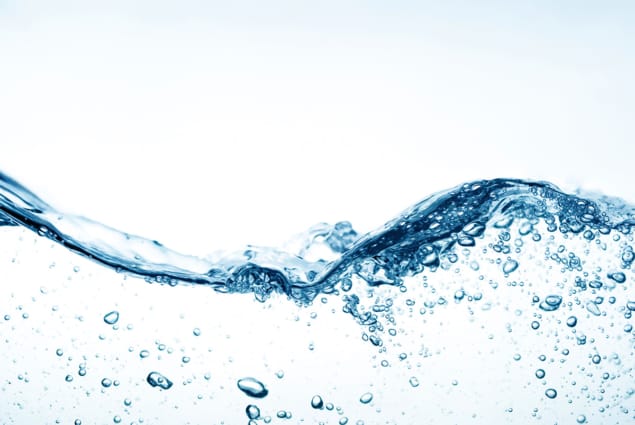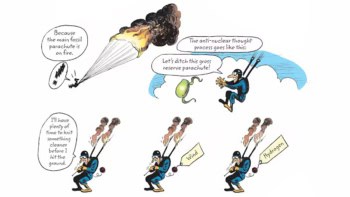
Traditional paddy fields are flooded with a shallow layer of water for around 80% of the growing season. In response to rising demand for water, rice farmers have experimented with less water-thirsty methods in recent decades, including alternate wetting and drying, and mid-season drainage of the field. Short-term studies indicate that these methods can maintain yields. But whilst the new techniques save water, they may reduce soil fertility in the long run, according to a recent study.
John Livsey from Stockholm University in Sweden and colleagues conducted a meta-analysis to assess the effect of common water-saving techniques for rice agriculture on soil organic carbon and greenhouse gas emissions. They identified twelve studies that contained relevant data on soil carbon balance in both flooded and water-saving conditions. Analysing this data revealed that water-saving irrigation practices reduced methane emissions by over 50% and carbon-dioxide equivalent emissions by 18%.
At the same time the alternative irrigation techniques reduced soil organic carbon by 5% compared to traditional irrigation. That’s because soil moisture plays an important role in regulating soil organic carbon.
“In flooded conditions oxygen within the soil quickly becomes depleted and respiration switches from aerobic to anaerobic,” says Livsey, whose findings are published in Environmental Research Letters (ERL). “This results in a much slower breakdown of organic matter and accumulation of soil organic carbon.” Under drier conditions the faster breakdown of organic matter releases other nutrients, including nitrogen, that were chemically bound to the organic matter.
In the short term, the changes in soil organic carbon are negligible but over the longer term they may degrade soil fertility, potentially reducing yields and limiting future yield increases. Rice is a staple food for around half the world’s population.
Livsey and his colleagues suggest that water-saving practices receive tweaks to minimize their impact on soil fertility. “These could include restricting the extent to which soils are allowed to dry, or the number of times that fields are dried and re-flooded within a growing season,” he says.
What’s more it may be possible to mitigate impacts by leaving plant residues on the field after harvest or adding organic matter such as manure. For now though, the priority has to be more long-term data to understand the effects of water-saving practices better, with initiatives like the Sustainable Rice Platform playing a vital role.



